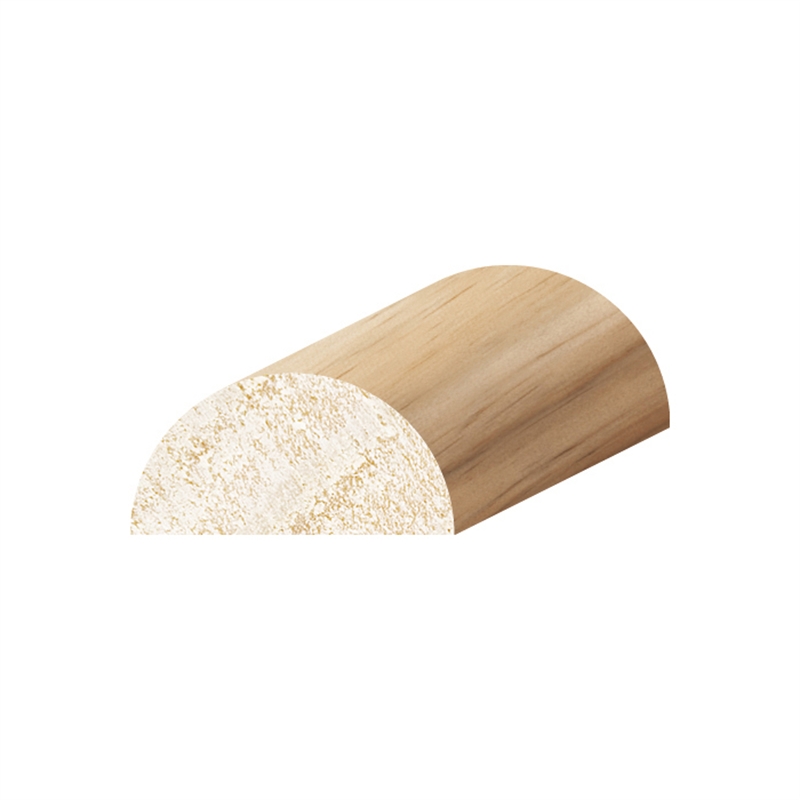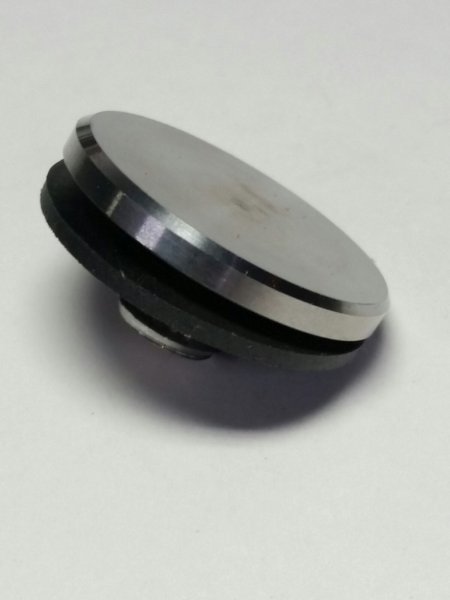Very nice thoughts Theo!
Contrary to what people think, concrete is a very good vibration conductor and is very poorly damped. It provides mass but little damping (unless extra measures are taken when preparing it).
Isolation vs sound modification - a very delicate and difficult issue. On one hand a proper isolation can optimize the performance of a component. So one perceives a modified sound but indeed it is the sound of the component. On the other hand, no iso device is 100% transparent, so to some extent it is always in the mix.
Center of mass - shame to admit for a physicist, but I realized its importance in the component placing not that long ago. Before I was just interested in an even load distr over the support points. But a quick aha moment and you realize that the CM must be in the most "quiet" place on the platform (in our case the geometric center).
Cheers,
Jarek,
Do you want to know something? You are not the only person to mention Center Of Gravity in relation to isolation, but you are one of a very few(who could be counted on one hand to the best of my knowledge). I have had to tolerate all manner of skepticism and dismissal about the iso method I have implemented. I regard myself as inspired by Barry Diament with the twist that I decided to substitute mag-lev for the pneumatic element. I tried using pneumatic but wanted a method that didn't change its load carrying specifications due to the slow leaking of the air bladder.
I actually have so many thoughts about this subject that it is difficult for me to put words to my musings. It is a very complex situation. Because I have never seen any other person elucidate on the many, many vexed problems and potential solutions it is like being a pioneer into uncharted territory. To any person who has never visited this territory, descriptions of this strange new vista are essentially incomprehensible. I will acknowledge the incomparable words of Pierre Lurne for opening my eyes to the imperative of placing Center Of Gravity(COG) front and center as the principle which cannot be overlooked when investigating optimisation of any mechanical moving element. Pierre I salute you and Barry Diament.
The Clearaudio Magix that I use as the mag-lev element are, I now realise, not at their best when loaded at the uppermost of their rated load limit. I am still experimenting with this. I find the 'perfect' optimisation of the combined method of a vertical isolation method with horizontal cup and ball isolation method to be akin to trying to balance two needles point to point vertically. Any deviation from perfect level(ie the load atop the mag-lev being minutely off COG) will cause the ball to roll in that direction within the cup and take the load even more away from COG and even more off level. It's a bit like trying to hit a constantly shifting bull's eye.
I noted that with variation of the load on my support it seemed like there was a 'band of resonance' which changed(ie shifted) up and down the frequency range. This band of resonance sounded like a suck-out(notch) followed by a frequency boost/lift below the notch frequency. I find that the cups and balls seem to have more influence at the higher frequencies. I use Ingress Engineering #3 cups and substitute 3/8 inch grade 5 Silicone Nitride balls instead of the balls provided by Ingress.
I understand fully your point about concrete slabs. I've been telling people for years that rigid solids transmit vibration much better than less rigid less solid media. I also at one time progressed the development of my isolation support using only the insight provided by headphones. The improvements in isolation are readily obvious via headphone listening.
spirit, I totally understand why you are gripped by a determination to experiment with isolation as far as you can take it. It has been a huge focus in my listening life for easily 20 years.
I need to contemplate my thoughts and consider how to describe the hard to describe effects I hear when I fine tune my isolation.




